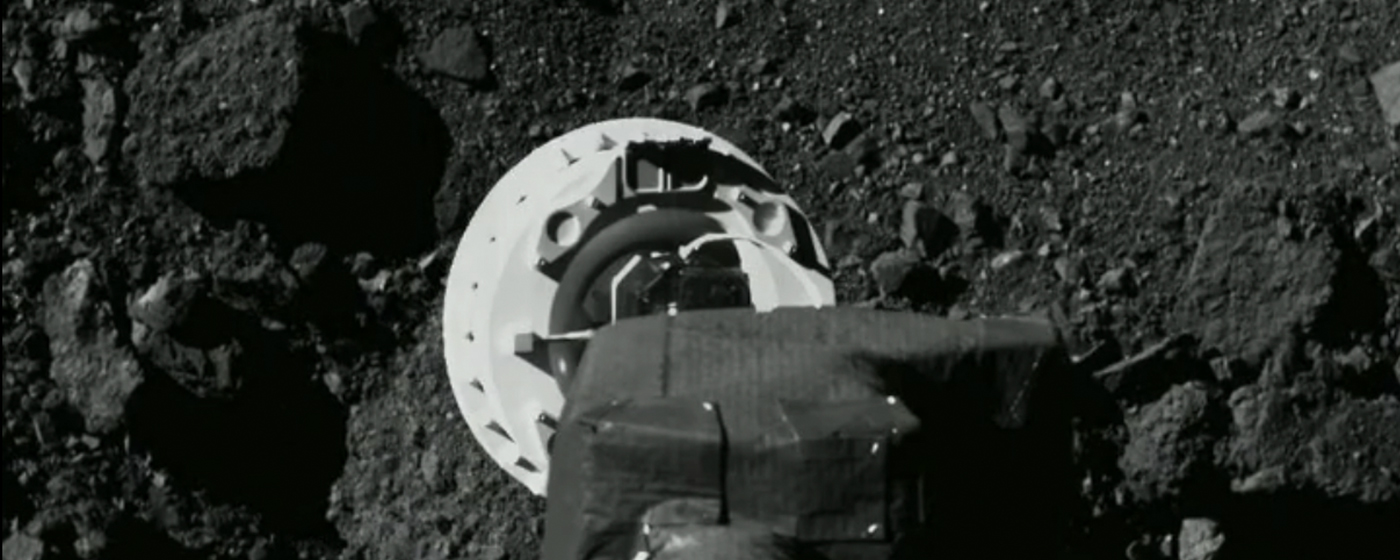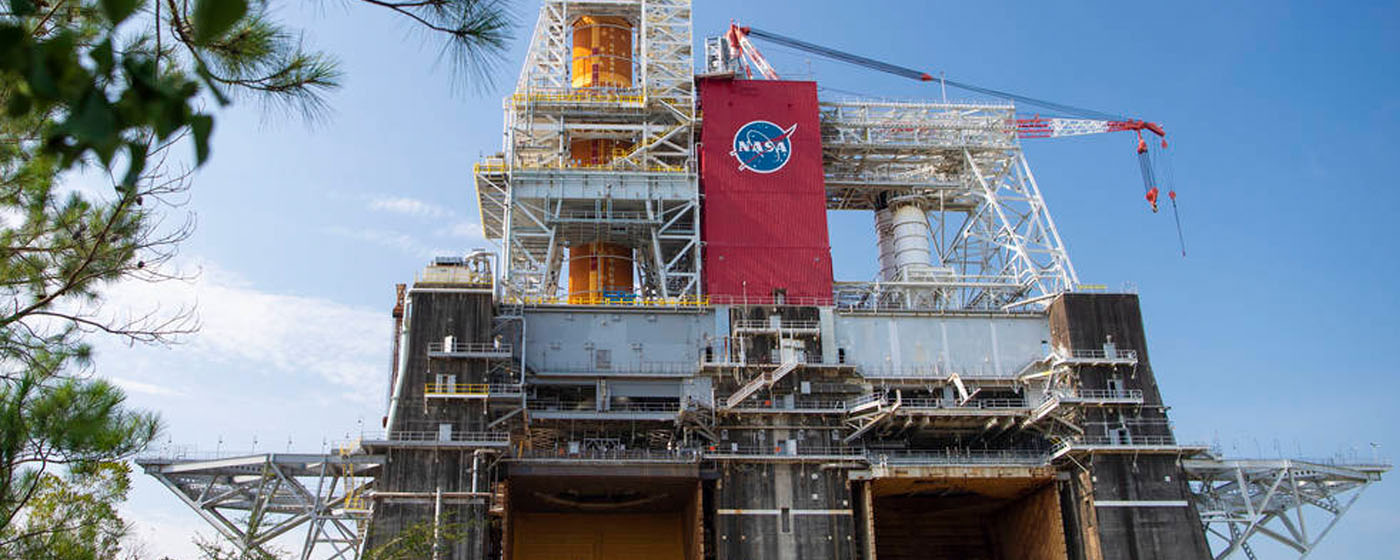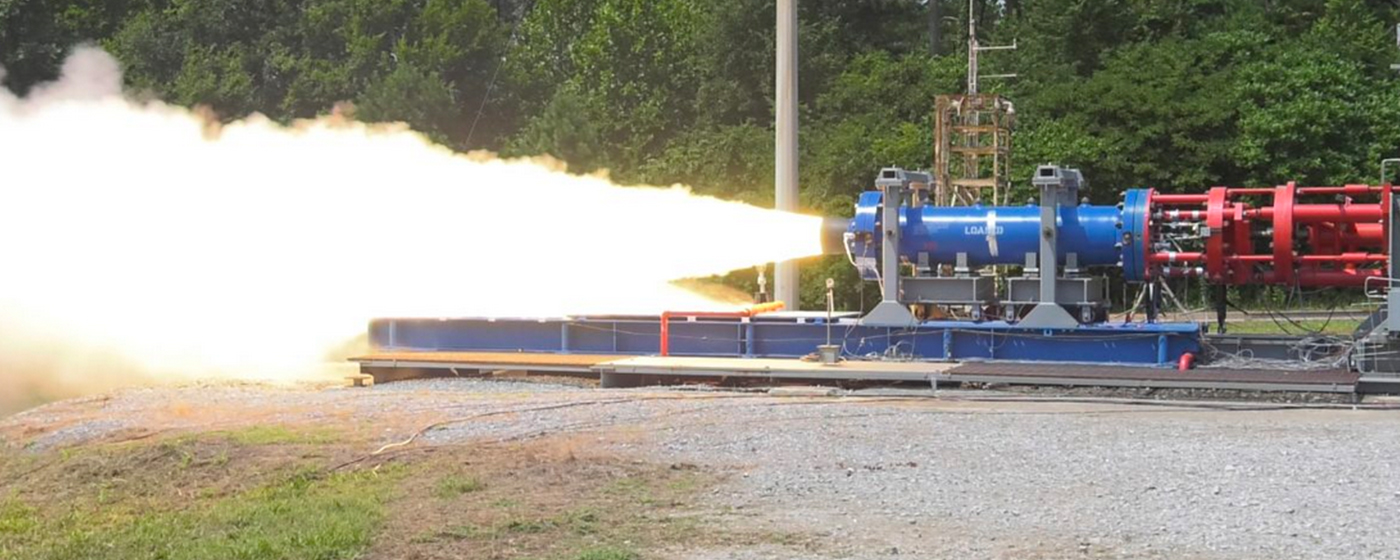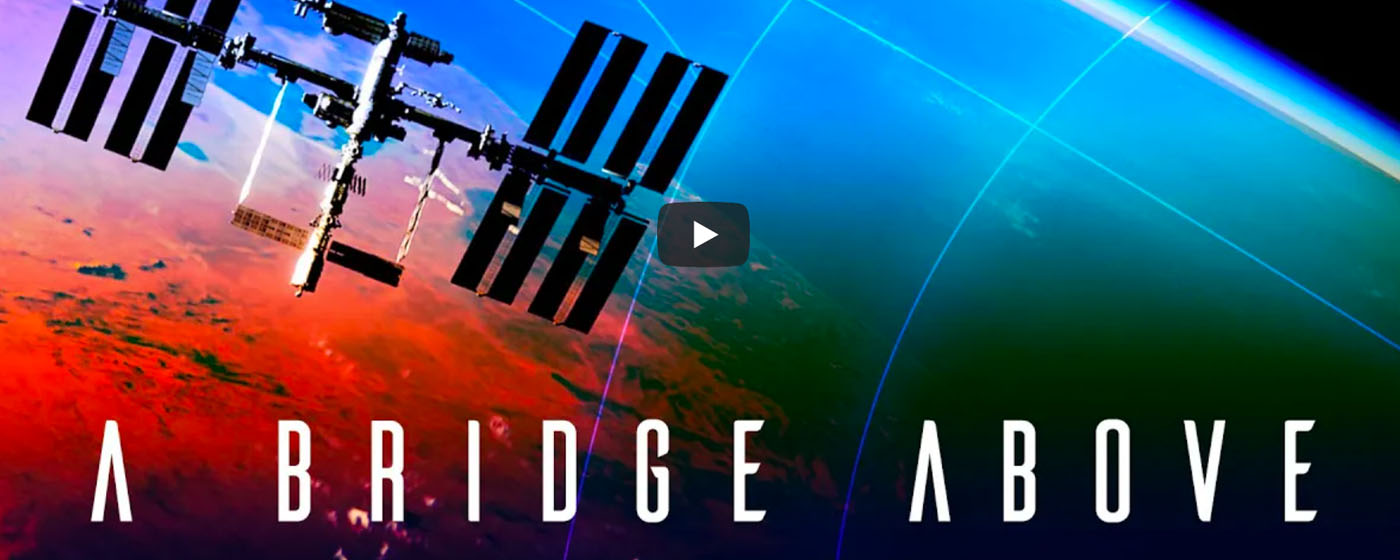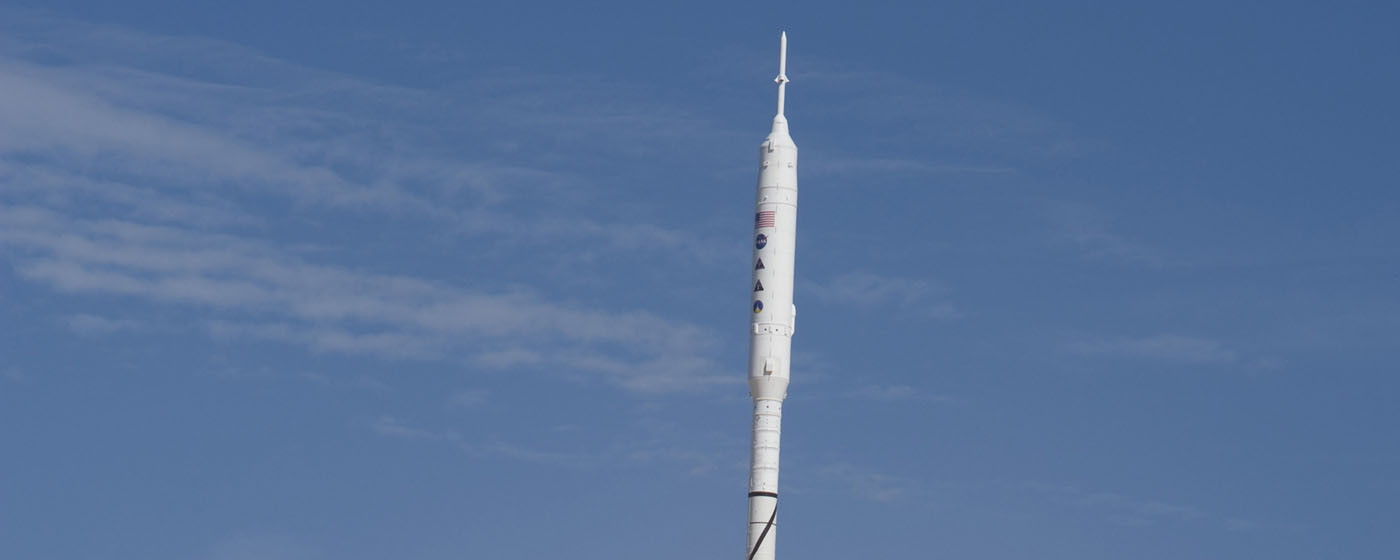Successful Second Rehearsal Puts OSIRIS-REx on Path to Sample Collection
On Aug. 11, the OSIRIS-REx spacecraft performed its final practice run of the sampling sequence, reaching an approximate altitude of 131 feet over primary sample site Nightingale on asteroid Bennu. OSIRIS-REx is the third mission in NASA’s New Frontiers Program, which is managed by NASA’s Marshall Space Flight Center in Huntsville, Alabama, for the agency’s Science Mission Directorate.
Four Down, Four to Go: Artemis I Rocket Moves Closer to Hot Fire Test
The Space Launch System rocket core stage for the Artemis I lunar mission has successfully completed its first four Green Run tests. It is building on those tests for the next phase of checkout as engineers require more capability of the hardware before hot firing the stage and its four powerful engines. Marshall manages the SLS Program.
Motor Test Helps Evaluate New SLS Materials
On Aug. 6, a 22-second hot fire test in the East Test Area at Marshall helped NASA and Northrop Grumman Corp. in Promontory, Utah – the solid rocket booster prime contractor – evaluate a new nozzle material for the Space Launch System solid rocket boosters. These boosters produce more than 75% of the power to launch the rocket.
A Bridge Above: 20 Years of the International Space Station
The International Space Station is celebrating its 20th anniversary. As a global endeavor, 240 people from 19 countries have visited the unique microgravity laboratory, which has hosted more than 2,800 research investigations from scientists in over 100 nations. Marshall manages science operations for the station.
How a Vibration Problem in a Rocket Could Cut the Cost of Off-Shore Wind Power
After the Ares project was discontinued, a Marshall team made sure that a revolutionary device created to fix a vibration challenge in the rocket was put to good use. The team started by adapting it for buildings – to steady them in case of earthquakes or, in the case of very tall skyscrapers, high winds – and later adapted it for use in maritime environments, like offshore platforms.
For more information or to learn about other happenings at NASA’s Marshall Space Flight Center, visit NASA Marshall. For past issues of the ICYMI newsletter, click here.















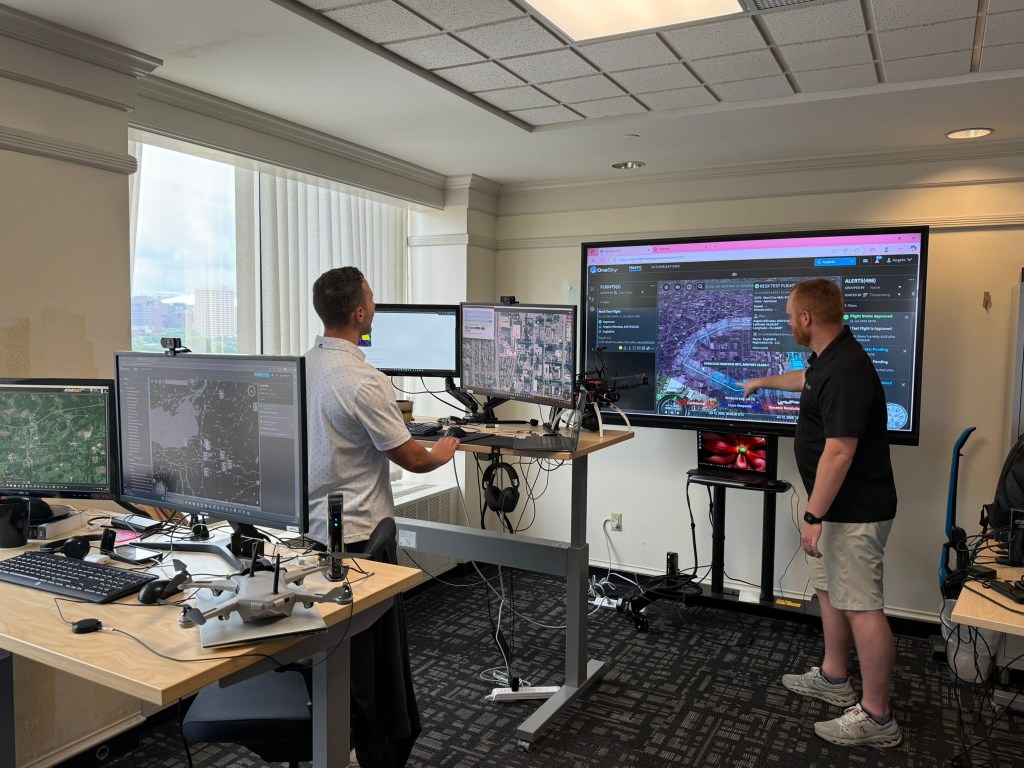





-Carolyn_Y._Ng.jpeg?w=1024)



